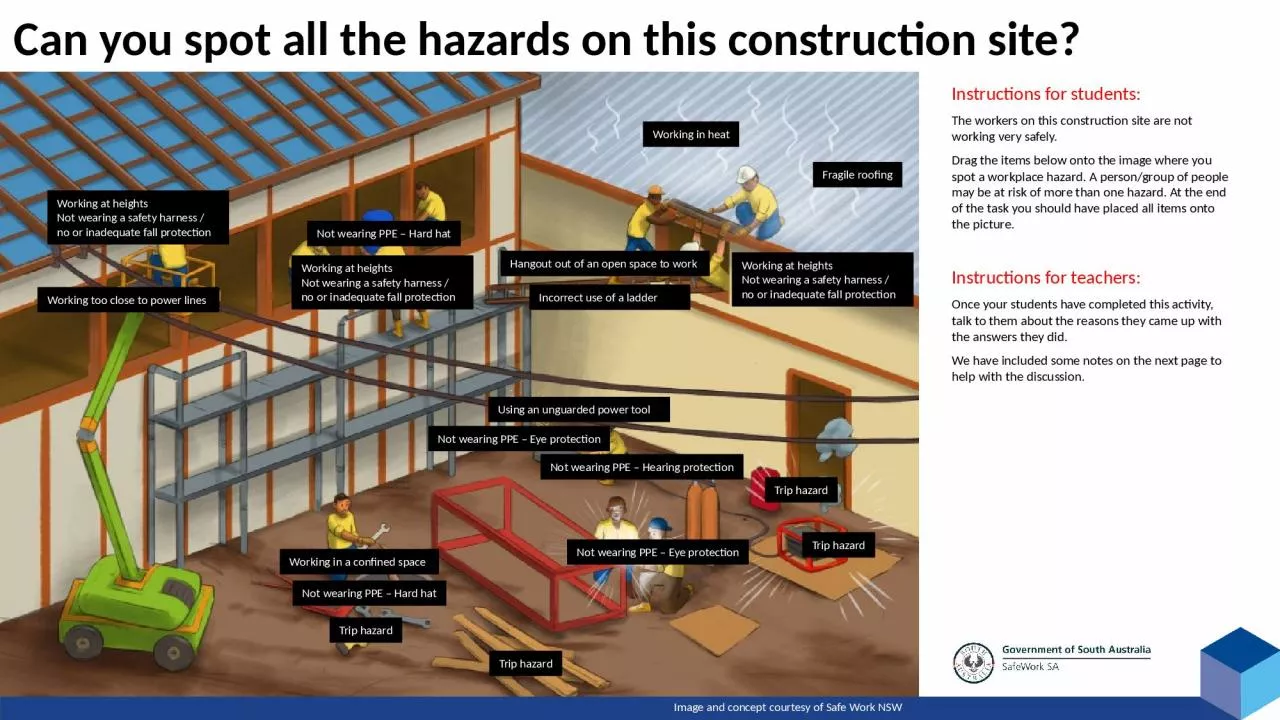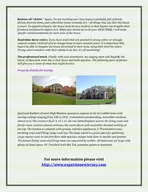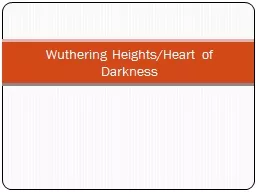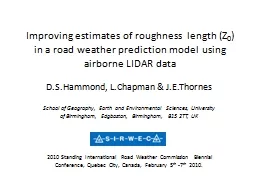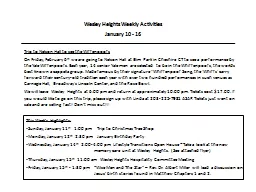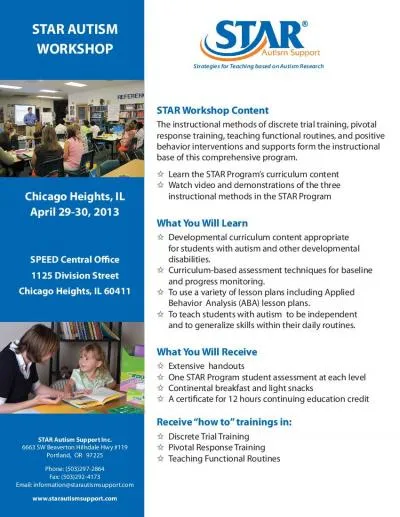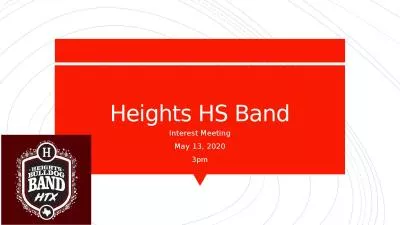PPT-Notes for teachers Working at heights
Author : evans | Published Date : 2024-03-15
Whenever a person is working at heights above 3m they need to have either a harness secured to a solid platform or adequate fall protection Anyone working in a
Presentation Embed Code
Download Presentation
Download Presentation The PPT/PDF document "Notes for teachers Working at heights" is the property of its rightful owner. Permission is granted to download and print the materials on this website for personal, non-commercial use only, and to display it on your personal computer provided you do not modify the materials and that you retain all copyright notices contained in the materials. By downloading content from our website, you accept the terms of this agreement.
Notes for teachers Working at heights: Transcript
Download Rules Of Document
"Notes for teachers Working at heights"The content belongs to its owner. You may download and print it for personal use, without modification, and keep all copyright notices. By downloading, you agree to these terms.
Related Documents

